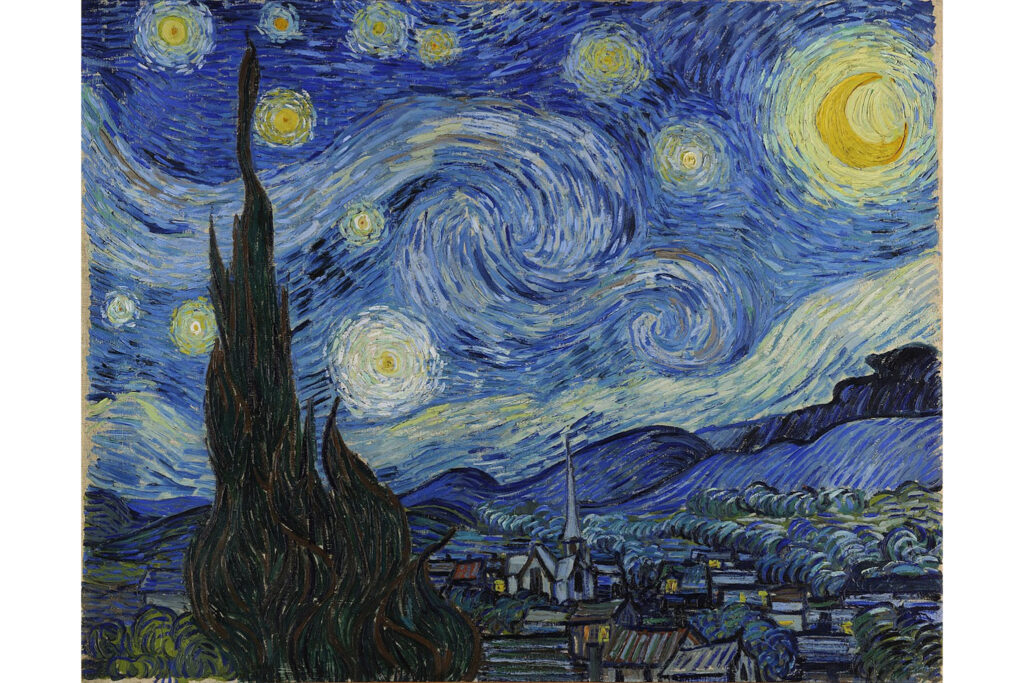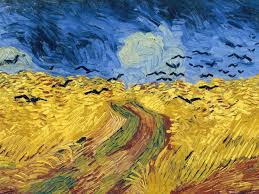The Art of Vincent van Gogh

Vincent van Gogh is one of the most celebrated artists in history, renowned for his unique style and emotional depth. His life, marked by struggle and passion, has greatly influenced the world of art. This article explores the key aspects of van Gogh’s work, from his distinct techniques to the themes that permeate his paintings.
Unique Style of Vincent van Gogh
Van Gogh’s style is characterized by bold colors, dynamic brushwork, and expressive forms. He often used thick layers of paint, a technique known as impasto, which added texture and vibrancy to his works. This approach allowed him to convey emotion and movement, making his paintings feel alive. His distinctive use of color also set him apart; he employed bright, contrasting colors to evoke specific feelings. For instance, in “Starry Night,” the swirling blues and yellows create a dreamlike atmosphere that draws viewers into his emotional world.

Van Gogh was influenced by the Impressionists, but he took their principles further, infusing his work with a more personal vision. His later works, such as “Sunflowers” and “The Café Terrace on the Place du Forum, Arles, at Night,” showcase his ability to transform ordinary subjects into extraordinary experiences through color and brushwork.
Themes of Emotion and Nature
A significant aspect of Vincent van Gogh’s art is his exploration of emotion and the human condition. His paintings often reflect his struggles with mental health, loneliness, and the search for belonging. This emotional depth resonates in works like “The Bedroom,” where the distorted perspective and bold colors mirror his inner turmoil and longing for stability.
Nature also played a central role in van Gogh’s oeuvre. He had a profound connection to the landscapes and surroundings of the places he lived, particularly in the south of France. His series of landscape paintings, including “Wheatfield with Crows,” captures the beauty and turmoil of nature, often reflecting his own psychological state. The vibrant fields, starry nights, and sun-soaked skies reveal a world that is both serene and chaotic, mirroring van Gogh’s turbulent life.

Influence and Legacy
Although van Gogh’s work went largely unrecognized during his lifetime, his influence on modern art is immeasurable. He is considered a pioneer of Expressionism and Post-Impressionism, inspiring countless artists to explore their own emotions through their art. His innovative use of color and brushwork paved the way for movements such as Fauvism and Abstract Expressionism.
Today, van Gogh’s paintings are celebrated and cherished, with exhibitions drawing millions of visitors worldwide. His life story, marked by perseverance and passion despite profound struggles, adds to the allure of his work, making him a symbol of the artist’s journey.
Conclusion
The art of Vincent van Gogh transcends time, speaking to the human experience in profound ways. Through his unique style, emotional themes, and connection to nature, he created a body of work that continues to resonate with audiences today. As we explore his paintings, we are reminded of the power of art to convey deep feelings and the beauty found in both the light and darkness of life. Van Gogh’s legacy serves as an enduring testament to the artist’s capacity to transform personal struggles into universal truths.

